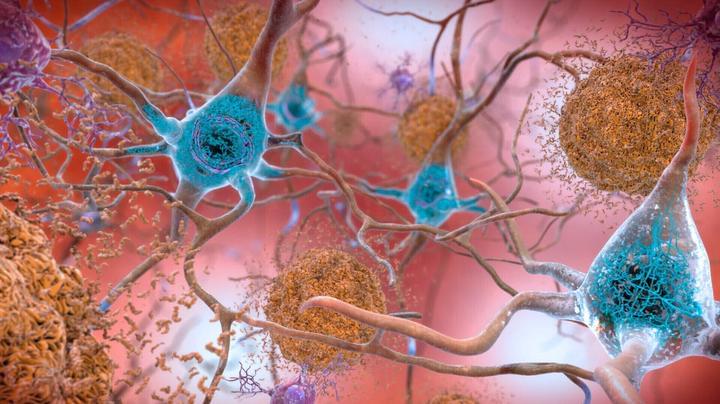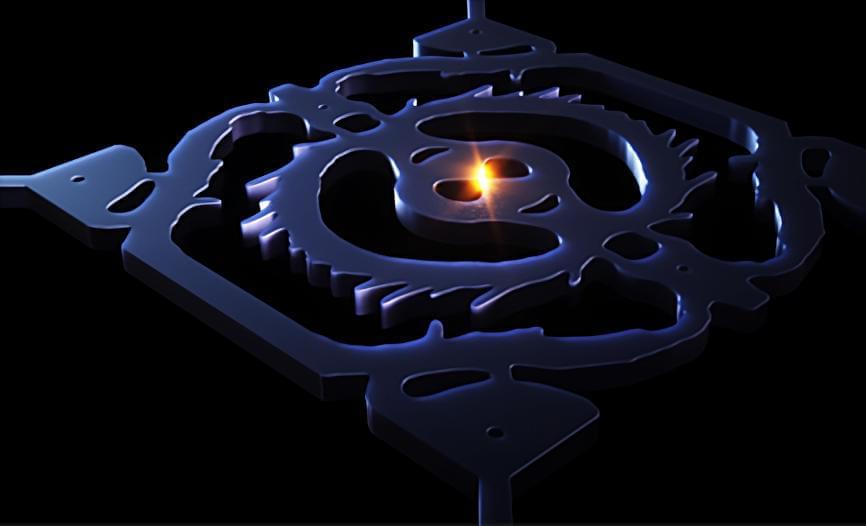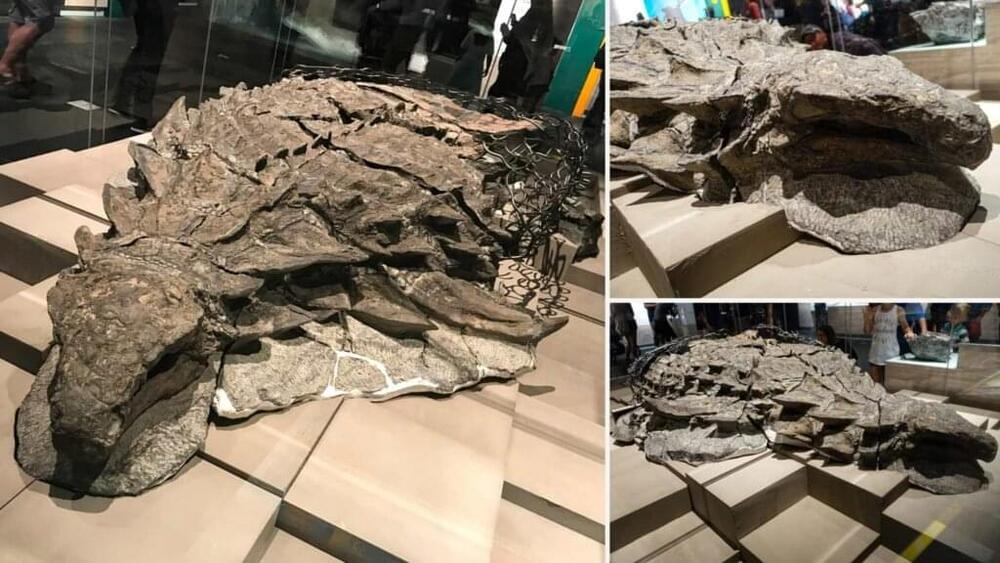Music is Truth Police by White Bat AudioDespite personal controversies I’m interested to see where the science goes.
Get the latest international news and world events from around the world.

Bitcoin On Exchanges Keeps Sliding, 1 Million BTC Pulled From These Platforms
Bitcoin is trending sideways in its current range, the cryptocurrency managed to prevent a fresh assault from the bears, but uncertainty remains strong in the market. This status quo supports the price action, and it could operate as the dominant trend for the remaining of the year.
As of this writing, Bitcoin trades at $16,400. The cryptocurrency has been stuck at these levels for today’s trading session after re-testing its yearly lows yesterday. In the wake of FTX’s collapse, crypto users have lost confidence. This could have a long-lasting impact on the nascent asset class.
Data from crypto exchange Bitfinex indicates that users are withdrawing their Bitcoin from exchanges en masse. The FTX’s collapse triggered a massive BTC outflow from trading venues; investors fear losing their funds in the contagion.

Scientists hail major breakthrough in fight against Alzheimer’s as drug proven to slow disease
‘This is the first drug that provides a real treatment option,’ says leading researcher Scientists are hailing a historic step in the fight against Alzheimer’s, after a drug was proven to slow the disease in long-awaited clinical trials. The breakthrough comes after decades of failed attempts to find a way to do so, and has prompted hope among experts that it could eventually pave the way for treatments which could ultimately lead to a cure.

Seemingly Impossible: Nanostructure Compresses Light 10,000 Times Thinner Than a Human Hair
Until recently, physicists widely believed that it was impossible to compress light below the so-called diffraction limit, except when utilizing metal nanoparticles, which also absorb light. As a result, it seemed to be impossible to compress light strongly in dielectric materials like silicon, which are essential for information technologies and had the significant advantage of not absorbing light. Interestingly, it was theoretically shown that the diffraction limit does not apply to dielectrics back in 2006. However, no one has been able to demonstrate this in the actual world due to the fact that it requires such complex nanotechnology that no one has yet been able to create the required dielectric nanostructures.
A research team from the Technical University of Denmark has created a device known as a “dielectric nanocavity” that successfully concentrates light in a volume 12 times smaller than the diffraction limit. The finding is groundbreaking in optical research and was recently published in the journal Nature Communications.
Nature Communications is a peer-reviewed, open access, multidisciplinary, scientific journal published by Nature Research. It covers the natural sciences, including physics, biology, chemistry, medicine, and earth sciences. It began publishing in 2010 and has editorial offices in London, Berlin, New York City, and Shanghai.



Gigabyte’s “Instant 6 GHz” feature now available for Core i9-13900K & Core i7-13700K CPUs on Z690 motherboards
November 28th, 2022 – GIGABYTE TECHNOLOGY Co. Ltd, a leading manufacturer of motherboards, graphics cards, and hardware solutions, today announced to extend the instant 6GHz technology designed for Intel® Core™ i9-13900K and Core™ i7-13700K processors to the Z690 platform. By simply upgrading the latest BIOS of Z690 motherboards and activating the relevant settings, users can optimize their Intel® Core™ i9-13900K and Core™ i7-13700K processors to 6GHz for the performance boost on single-core up to 3%. This enables users who stay with the existing Z690 platform can enjoy the performance enhancement of the new CPU as well.
The latest Intel® 13th gen processor has impressed users with its class-leading performance. GIGABYTE’s Instant 6GHz on the Z790 platform was renowned for unleashing the performance of Intel® Core™ i9-13900K and Core™ i7-13700K processors for users in an easier way and is now employed on the Z690 platform. By simply upgrading the latest BIOS with Instant 6GHz activated, the system can automatically tweak CPU voltage and Vcore Load Line Calibration of Intel® Core™ i9-13900K and Core™ i7-13700K processors to detect the most two optimized cores running at 6GHz frequency. This further delivers a 3% performance boost on one single core like the Z790 platform.
GIGABYTE motherboards are notable for their exclusive VRM design, thermal design, and fine-tuning for convenience. To provide a superior user experience and maximum benefits to users, GIGABYTE brings Instant 6GHz technology to the Z690 platform for those who use Intel® 13th gen processor without upgrading to Z790 motherboards can also get a performance boost with ease.


